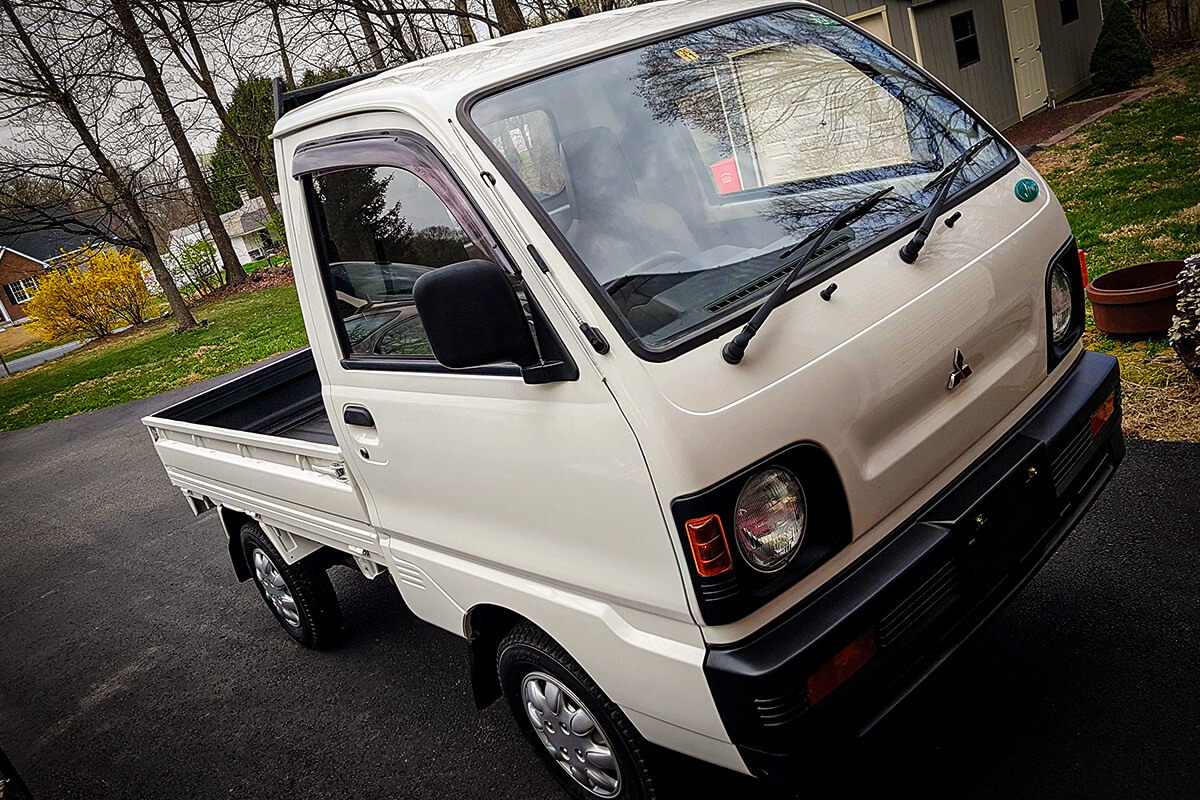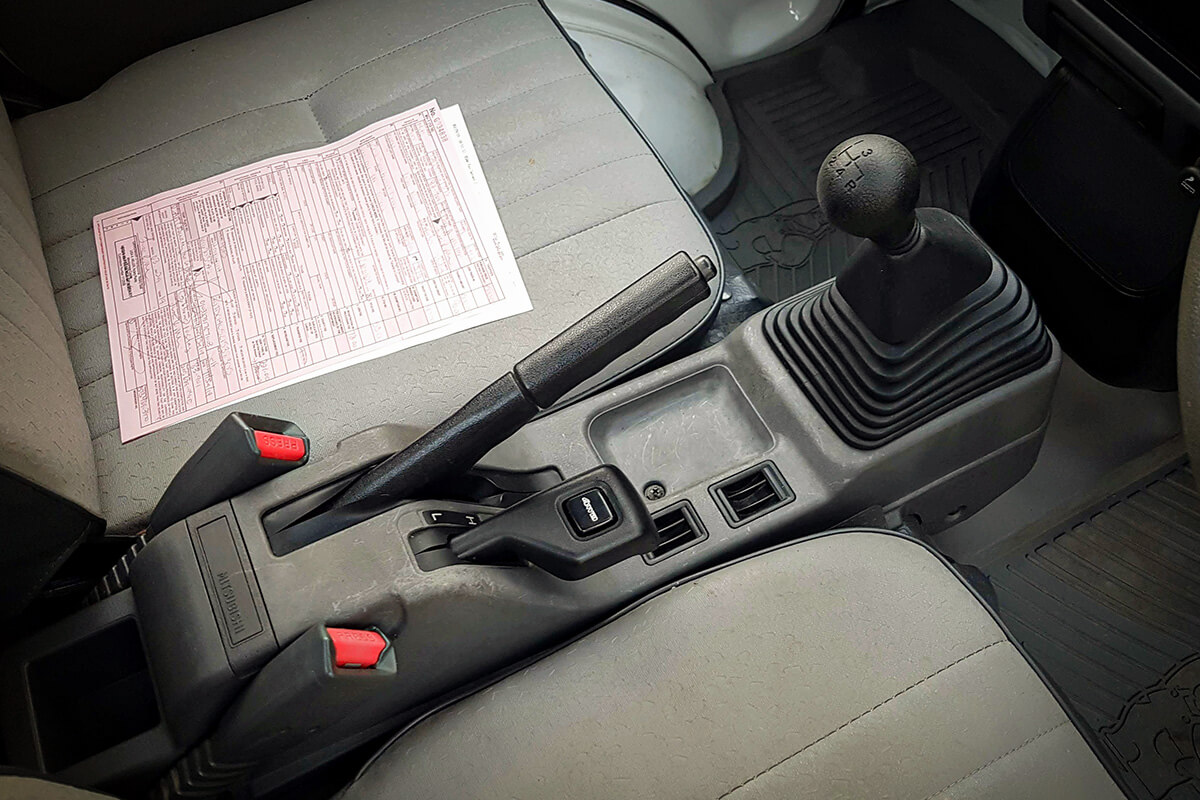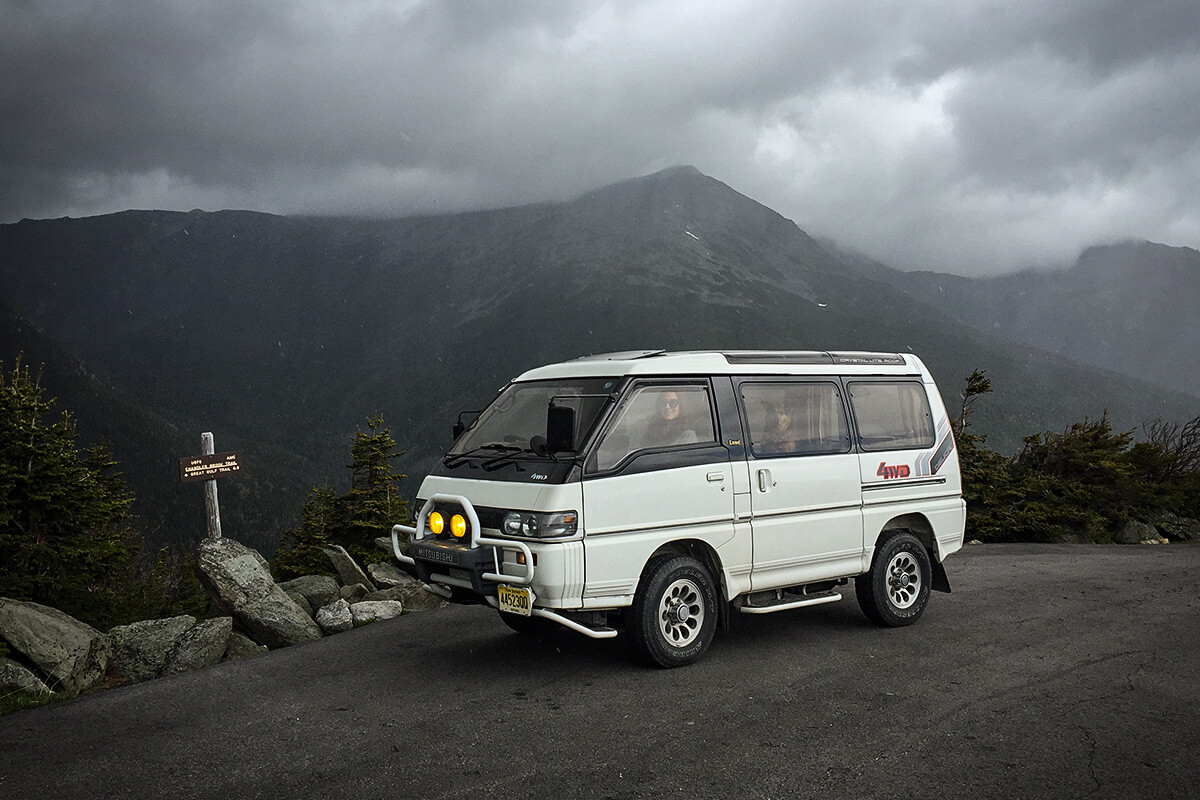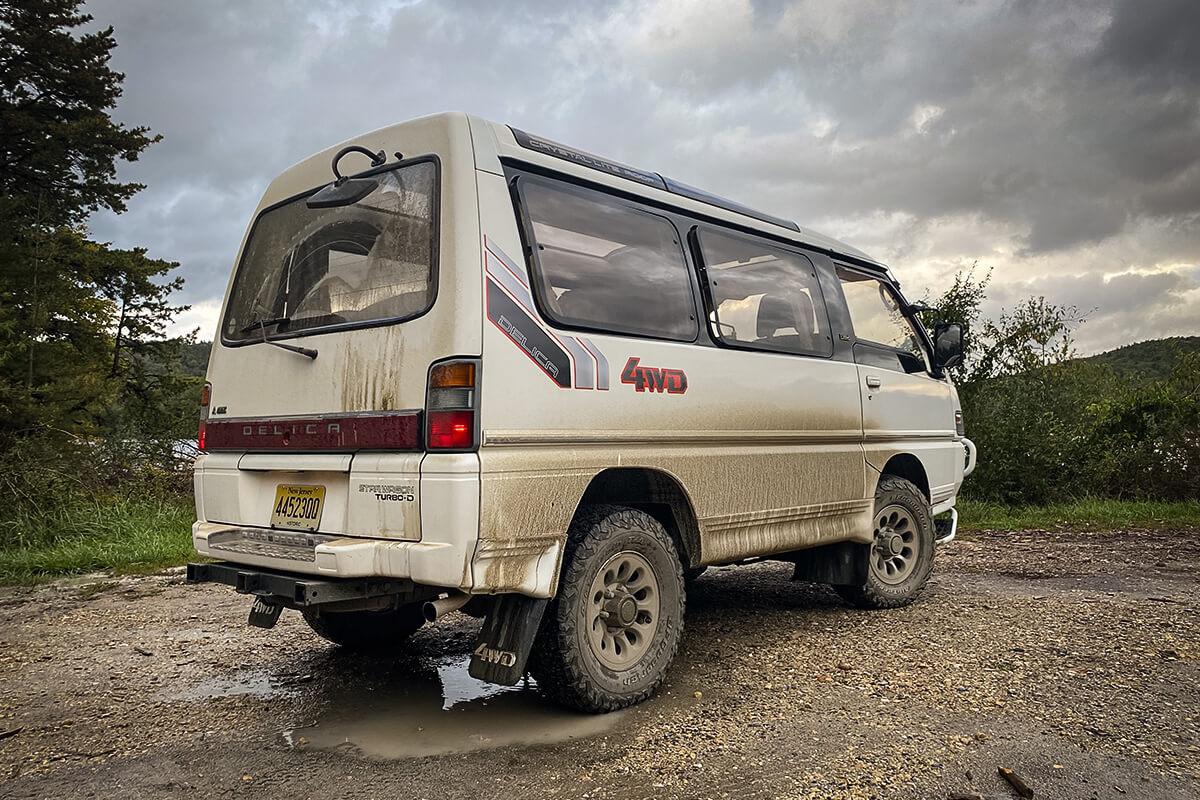Using your shop’s Cost of Doing Business (CODB) as a baseline for labor rates.

Working in a shop means working on many different vehicles, each of which have their own quirks. However, right-hand drive (RHD) vehicles have their own specific mechanical oddities that are distinct from LHD vehicles. The next time a RHD car or truck rolls into your shop, remember this helpful list to avoid accidentally damaging the vehicle.
We’re all used to the turn signal stalk typically being inboard on LHD vehicles. You would think that would be the same for RHD vehicles. Not so! Turn signal stalks are usually on the right side on RHD vehicles (one notable exception being mail trucks, which have the turn signal on the left). Keep that in mind so you don’t turn on the wipers by mistake!

Photo: Joe Zito. Instagram: @zeeetow
This one makes sense as the location of the gear shifter would have to be on your left. However, it’ll probably take a little getting used to, since most of us are used to shifting with our right hands. Also, as Nick D’Alessio, Shop Manager at Dorman points out, “The gears are in the same position as LHD despite everything being opposite.” This is actually done to reduce costs; keeping the gear shifter in the center means one vehicle can be sold in both markets. So keep that in mind, as well!

Photo: Joe Zito. Instagram: @zeeetow
Gas is on the right; brake is on the left (or in the middle, if it’s a stick shift). This seems like it should make it easy, but that, coupled with shifting gears with your left hand could cross you up, since both are not just the reverse of what we usually do. However, my colleague Lemmy disagrees, saying, “I mean, I don’t think it’s difficult, but I have a lot of weird vehicles with curious shift patterns. I ride tank-shift and jockey-shift motorcycles, so my left hand is used to selecting gears. Many old tractors are left-hand or center shift, too, so for me, jumping into a kei truck for the very first time and making it go was not a large hurdle, but my background does not include just mainstream stuff.” So, if you operate other weird vehicles as well, you may not have as much of a problem with this.
LHD drive vehicle headlights are built to disperse light down and to the right. However, on RHD vehicles they’re built to disperse light down and to the left to not blind oncoming drivers. (Note: No matter the country, the driver usually sits to the centerline of the road.) So don’t try to aim the lights “correctly,” or else don’t operate the vehicle at night!

Photo: Joe Zito. Instagram: @zeeetow
This one seems obvious but could be easy to forget if you’re just working on autopilot. It goes against our normal instinct, but you have to turn your head the other way. This may be particularly odd for you if you’re a put-your-arm-on-the-passenger-seat-back person when you’re backing up. Be careful pulling out of the bay (although you should always be doing that).
And now you’re prepared if a RHD vehicle rolls into your shop. Hopefully this saves you some razzing from the other techs in the shop!

Photo: Joe Zito. Instagram: @zeeetow
The articles and other content contained on this site may contain links to third party websites. By clicking them, you consent to Dorman’s Website Use Agreement.
Participation in this forum is subject to Dorman’s Website Terms & Conditions. Please read our Comment Policy before commenting.